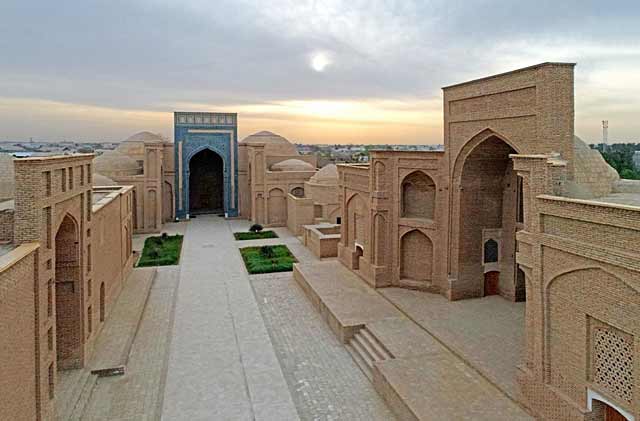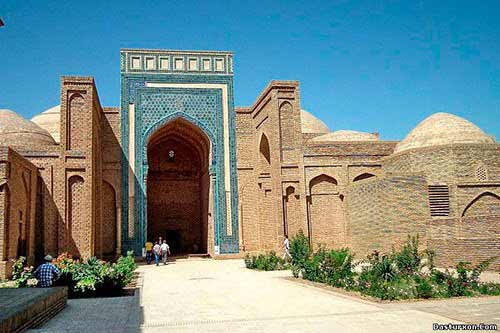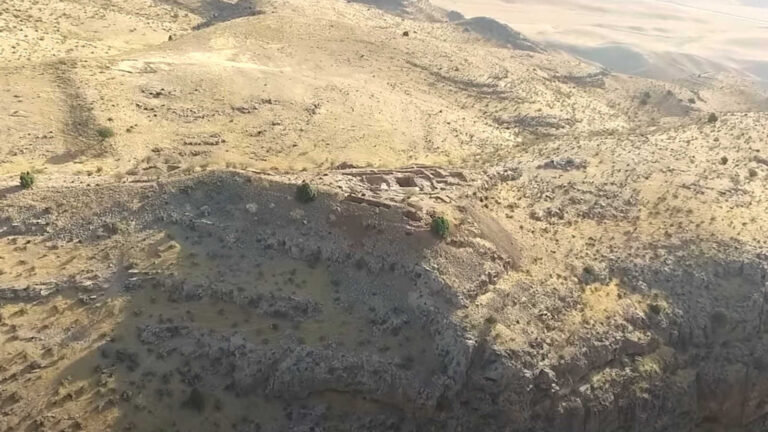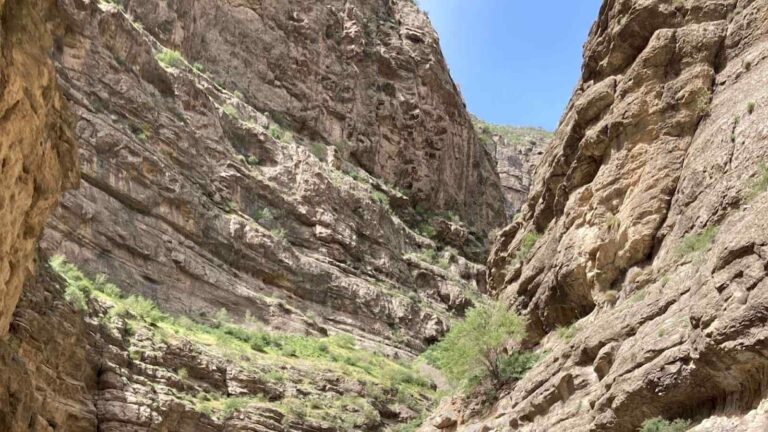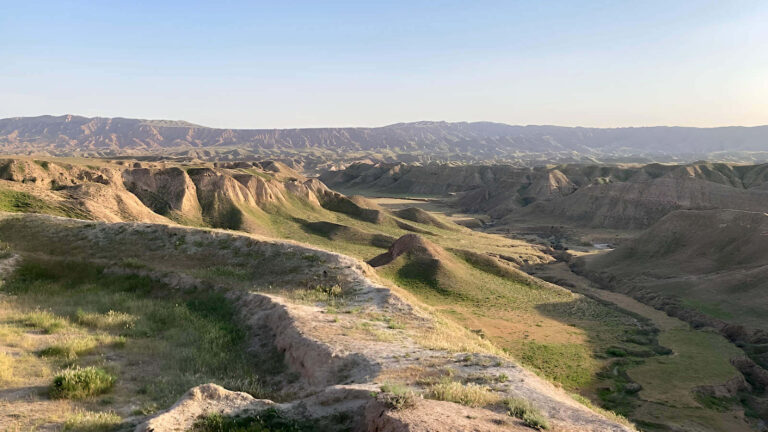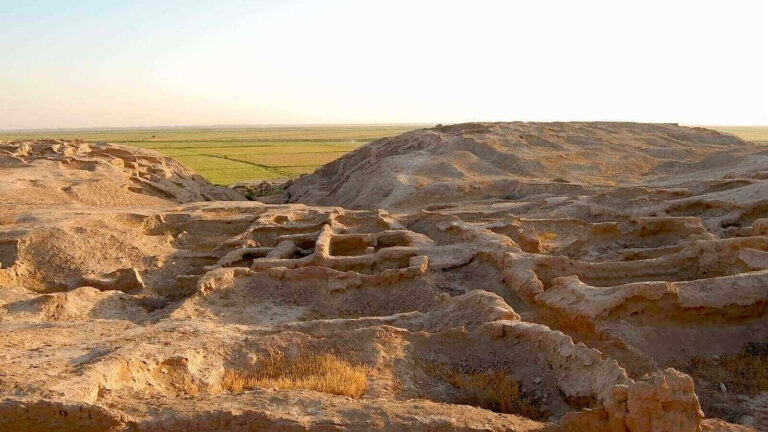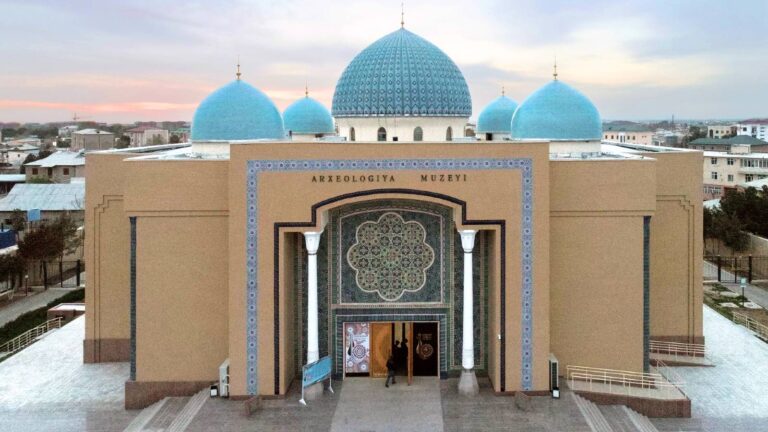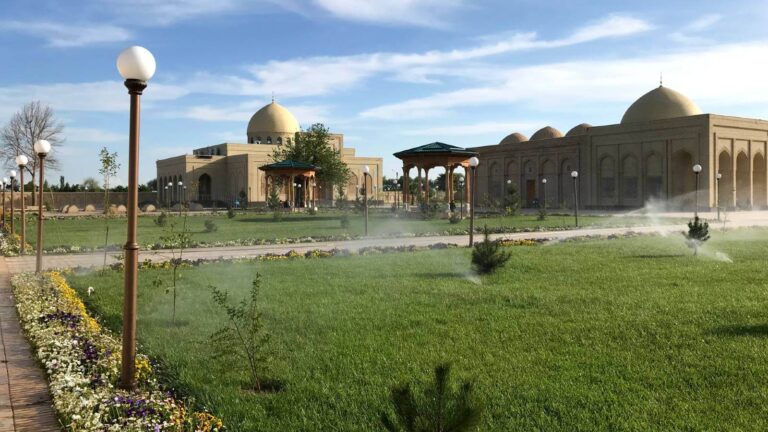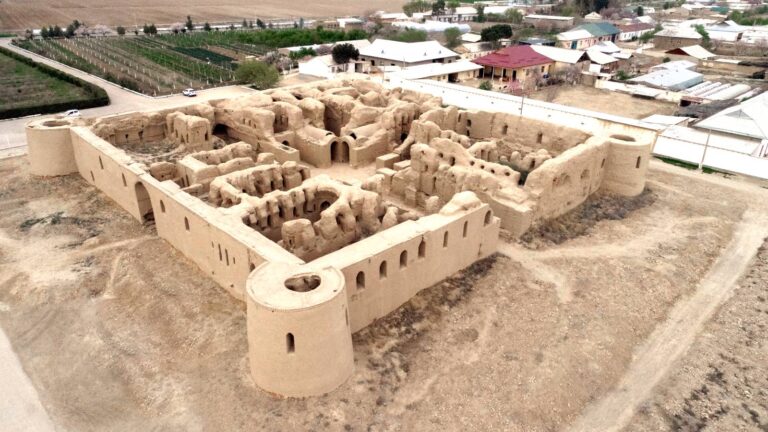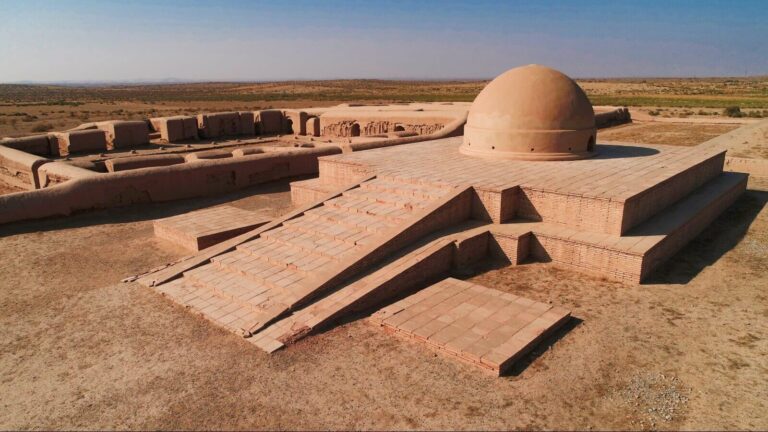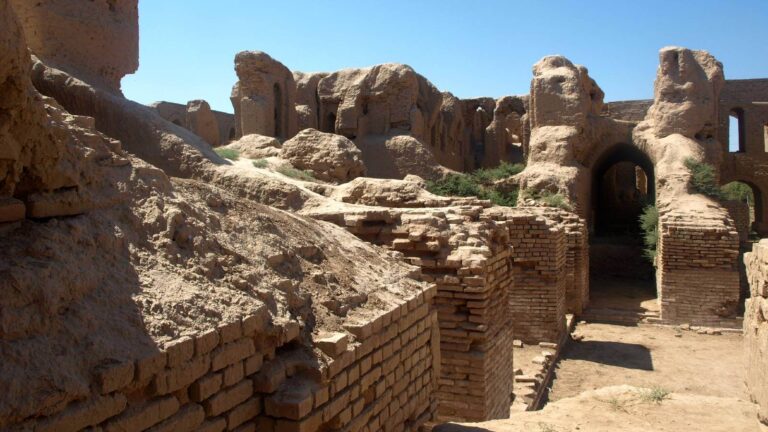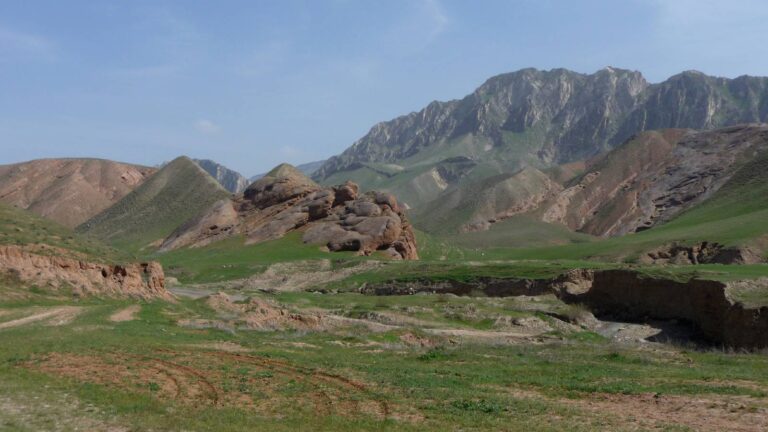Getting There
Surkhandarya region south part of Uzbekistan from capital city Tashkent to Termez approximately 720 kilometer you can reach promoted areas by jeep car or train, bus, or local arranged flights, it is upon your package so transportation optional depend on preference of tourist, Travel agencies organize transportation with tour guide.
What to Expect
Sultan Saodat complex is a series of religious structures – mausoleums, mosques and khanaqa – built around a central passage. The oldest here are two large single-chamber, square, domed mausoleums (10th century). They are united by a 15th-century iwan. In the second half of the 15th century two new buildings were built in front of the two mausoleums.
Two parallel rows were built in the 15th–17th centuries and joined with the other buildings. Also, some new mausoleums were also pairwise connected with intermediate iwan; their decorations no longer exist. In the 16th–17th centuries courtyards to the south and the north were built up with mausoleums of different sizes and from different eras. The entrance was set up on the west side of the yard.
The majestic ensemble stands out as a group of mausoleums, homogeneous in structure and decoration, though built in different styles.
History
Four hectares in area, the Sultan-Saodat complex consists of 143 structures. The earliest mausoleum, built in the northern part of the complex, dates back to the 11th century. Hasan al Amir, the founder of Termez seyeeds clan, is buried here.
The portal of this mausoleum with a square layout is topped with a huge dome. Soaring up at the height of 15 metres, the portal is the highest structure of the complex. In the past it was decorated with glazed tiles whose brightness and fineness can be comparable to Samarkand prototypes. The dome stands on arches and pendentives of herringbone pattern brickwork. Both the inside and the northern outside of the mausoleum have alternating large and small niches with small corner columns. Such a design was typical of cult structures of that time.
Another construction of the complex – the southern mausoleum- was built subsequently, in the late 11th – early 12th centuries. The aivan mosque, which is still in good condition, dates back to the same period. Initially this place was chosen for the necropolis of emirs; but in later period other members of the royal family began to build their mausoleums here, each to his liking and resources. The last structure of the complex is the entrance portal at the end of the eastern façade. It dates back to the turn of the 17th and 18th centuries.
All the mausoleums were oriented west. They have no indications as to the name of the person buried here. However, according to a local belief, in one of the modest burial vaults in the remote part of the complex lies Emir Hussein – the brother-in-arms of Amir Temur, the famous medieval statesman and military leader, who later became his rival in struggle for power.
By emir’s tomb, for a long time, there was a wooden pole with a horsetail; and the tomb itself was believed to be a holy place. Inside the mausoleum there are four graves. Besides Emir Hussein, one of his wives and two sons are buries there
This original ‘museum’ of the medieval Oriental architecture attracts pilgrims and tourists from around the world. It is interesting that the first European who visited and described the complex in 1880 was the famous French explorer, geographer and ethnographer Gabriel Bonvalot. In the Soviet times the area around Old Termez adjacent to the state border was inaccessible for tourists. Only after Uzbekistan became independent, travelers got the opportunity to see the unique Surkhandarya monuments there.

